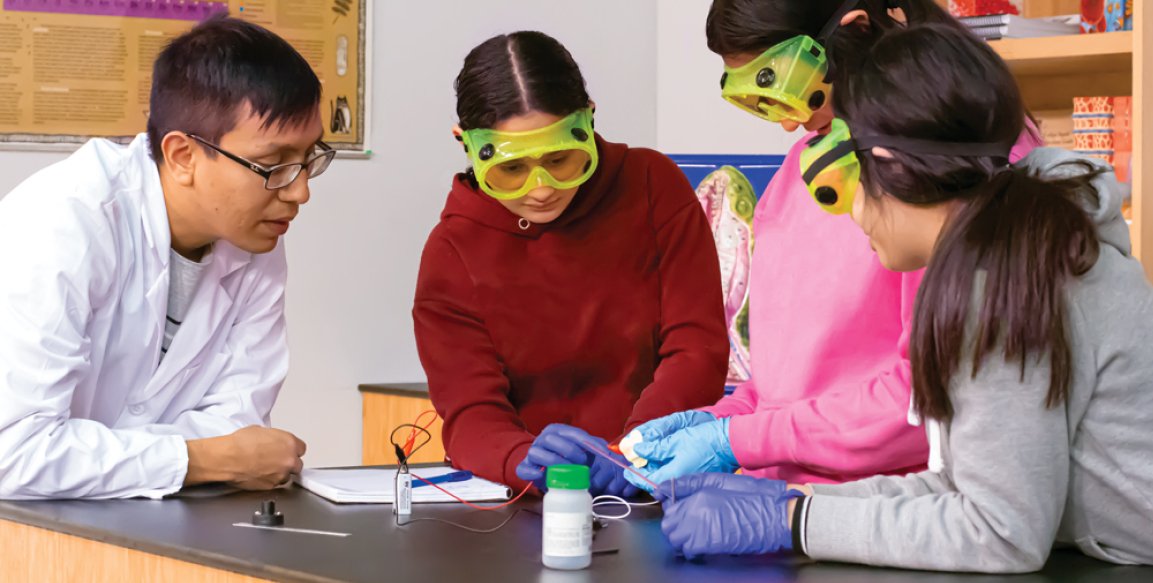Next Generation Science Standards: Adapting Lesson Plans into Storylines
Mike Marvel, PhD
Hello, welcome back to our blog! In this piece, we will be looking at NGSS and the conversion of lessons into stories.
What's NGSS? The Next Generation Science Standards promote a science education framework that emphasizes the practice of science and uses three dimensions to allow students to have a more autonomous role in their learning. This educational framework involves making sense of phenomena via asking intriguing questions such as "Why does nail polish remover evaporate more quickly than water when I get it on my skin?”
This is where a storyline comes in. Storylines begin with phenomena, things we observe in the natural world. Adapting lessons into storylines can be challenging in science education.
NGSS is based on three core components, Science & Engineering Practices, Disciplinary Core Ideas and Cross-Cutting Concepts. Students figure out Disciplinary Core Ideas (DCIs) and Cross-Cutting Concepts (CCCs) by using the Science & Engineering Practices to make sense of the phenomena. Using storylines in science education makes it possible to have various potential paths for students to understand these phenomena.

Development of Storylines
Every educator wants to make learning easier for their students, and that's why they are continuously improving their teaching skills. So what if students can – by virtue of building models, analyzing data, asking questions and engaging in other science practices – also engage in three-dimensional learning?
And how do you create good storylines for your students so they can grasp the information surrounding the phenomenon?
The first step in creating a good storyline is to think about the Disciplinary Core Ideas you would like to cover.
The second step is for you to find materials in your existing toolkit of lab activities that address those ideas.
The third step involves the development of a question that requires more explanation and may involve the use of the lab activities previously identified.
The next step is to challenge yourself to understand the question or the phenomena before presenting it to your students. This is important, as you need to have a full understanding before you can direct the questions to your students.
The fifth step is to modify the previously identified lab activities so that they provide an introduction to a relevant technique but don't show them how to use the technique to get answers.
You should teach them how to use tools in the lab and how to stay safe in the lab. If your students want to perform a lab or demo, assist them so they may do so safely. Make sure to have the students and yourself review all safety and materials needed, before proceeding.
The following step is for you to map out the most feasible sequence you think students will engage with modified laboratory tasks as they make sense of the phenomenon.
During this process, your students will ask you some intriguing questions and you should be prepared to answer them.
The next step is for you to make a mental list of common misconceptions surrounding the phenomenon so that you can address them efficiently so they don't become distractions or lead to the explanation of the phenomenon by the educator.
Lastly, you should deploy the storyline to your students. You can use a video or demonstration to introduce the phenomenon.
As you set out to implement the NGSS, you and your students should have fun! It is impossible to know the exact path you and your students will use to make sense of phenomena. Let your students ask the questions and be their guide.


